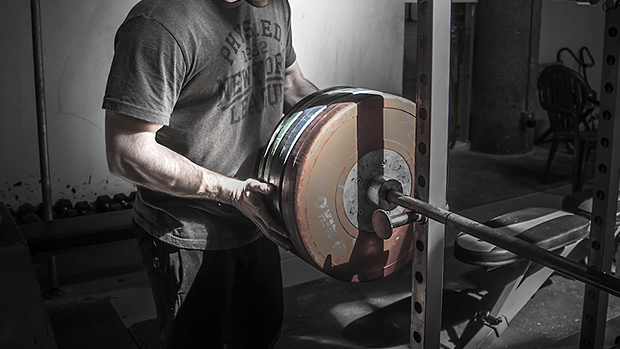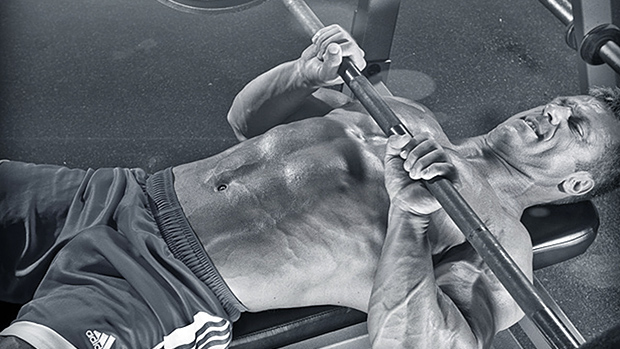Don't Restrict Yourself To "Sets Across"
Whenever you're doing a program that calls for 3 sets of 10, or 5 sets of 5, or really any set/rep format, your natural instinct is probably to use the same weight for all work sets. It's got a nice symmetry to it, right? That method – which we've all used – is commonly referred to as "sets across."
While there's nothing inherently wrong with that approach, there are at least two compelling reasons why "coloring outside the lines" might be a better strategy. Here's why it's better to allow yourself to use varied loads for your planned work sets.
1 – Varied Loads Make You More Aggressive
Think about how you'd approach your squat workout if you had 4 sets of 6 planned, and you planned to use the same weight for all 4 sets. You're debating whether you should use 275 or 280, so you settle with 275 "just to be safe."
But what if you allowed yourself to lighten up on later sets if you really needed to? With that mindset, you'd likely start heavier, knowing that you could unload the bar a bit later if needed.
So maybe you start with 280, and it felt better than expected, so on set 2 you squat 285. Doing that really smoked your legs though, so you drop to 275 for your final 2 sets. Think about how much more productive this is (over weeks and months) than if you'd simply done 275.
And keep something in mind here – on late sets, you're more fatigued, so you can actually get the same benefit with lighter loads. What really matters is that however your sets end up, you improve upon them next time you squat.
2 – Varied Loads Lead to Better Long Term Progress
This is especially relevant to more seasoned lifters who are closer to their ultimate potential for size and strength. Attempting to add 5 pounds per set every week can result in volume increases that are harder to sustain long term.
Imagine that yesterday you benched 255 for 5 sets of 8. That means you lifted 10,200 pounds total if you do the math. Next week you're planning to attempt 260 for the same sets and reps. That's 10,400 total pounds. If you manage that, it'll be a 200 pound jump in volume, just for that exercise.
For beginners, this is business as usual. But if you've been in the game longer than 5-6 years (and especially for small muscle groups), it's just not gonna fly long term. You're going to stall out.
A better approach is to shoot for 260 on maybe 1-2 sets on that second workout. Maybe it'll look like this:
- 255x8
- 260x8
- 260x8
- 255x8
- 255x8
The following week, you try to improve upon it even further.
Try this strategy on your next training cycle and you'll agree that small details like this really add up!





